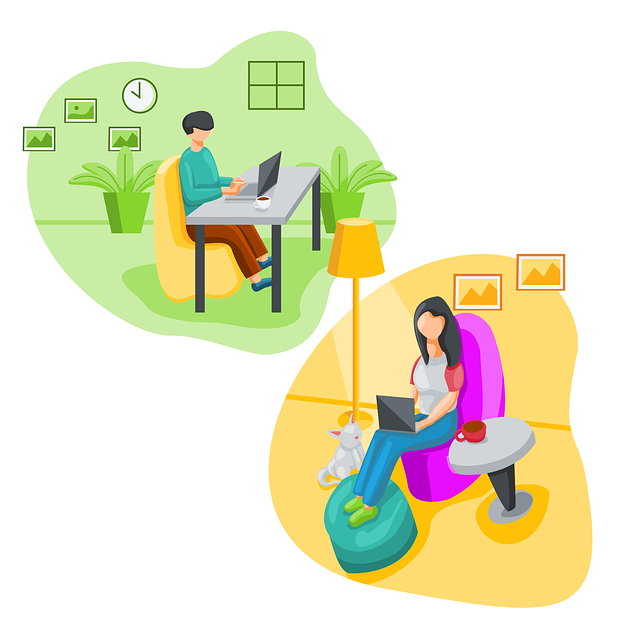Senior-friendly alarm systems require specialized design to cater to aging users' unique needs, addressing sensory changes in vision and hearing. These systems prioritize simplicity with large, high-contrast text, easy navigation, and intuitive controls like voice assistance, motion sensors, and one-touch activation. Regular user feedback is crucial for continuous improvement, ensuring the systems remain accessible and effective over time.
In today’s digital age, ensuring ease of use is paramount, especially for senior users. This is particularly evident with senior-friendly alarm systems, which play a crucial role in their daily lives. This article delves into understanding the unique needs of seniors, exploring key features that make alarm interfaces user-friendly, and offering design strategies to enhance accessibility. We also discuss the power of incorporating user feedback for continuous improvement, ensuring these life-saving devices are intuitive and simple for everyone, regardless of age.
- Understanding Senior Users' Unique Needs for Alarm Systems
- Key Features of Senior-Friendly Alarm Interfaces
- Designing Controls Accessible and Intuitive for Seniors
- Implementing User Feedback to Enhance Alarm System Usability
Understanding Senior Users' Unique Needs for Alarm Systems

Senior users often have distinct requirements when it comes to alarm systems, primarily driven by their unique physical and cognitive abilities. As people age, sensory perception can change, affecting their vision and hearing—two critical factors for traditional alarm interfaces. Therefore, designing senior-friendly alarm systems involves creating displays and controls that are easily understandable and accessible.
For instance, larger, high-contrast text and buttons with distinct shapes or textures can significantly aid seniors in navigating alarms effectively. Voice assistance and audio alerts can supplement visual cues, ensuring that even if a senior has declining eyesight, they still receive crucial notifications. These considerations form the backbone of developing user-centric alarm systems tailored to the needs of an aging population, making them safer and more independent.
Key Features of Senior-Friendly Alarm Interfaces

When designing senior-friendly alarm systems, simplicity and clarity are paramount. Key features include large, high-contrast buttons and displays that minimize visual clutter. Easy-to-understand language and straightforward icons replace complex terminology, ensuring users can quickly grasp functionality. Volume control options with adjustable sound profiles cater to hearing impairments, while built-in motion sensors or fall detection provide additional peace of mind without overwhelming the user with unnecessary information.
These interfaces often incorporate simple, one-touch activation methods and intuitive lighting cues to guide users through setup and operation. Voice assistance capabilities further enhance accessibility, allowing seniors to manage alarms using voice commands. By focusing on these senior-friendly alarm features, manufacturers create products that offer both safety and ease of use for an aging population.
Designing Controls Accessible and Intuitive for Seniors

When designing controls for senior users, accessibility and intuitiveness are key. Senior-friendly alarm systems should prioritize simplicity and clarity in their user interfaces. Large, high-contrast buttons with simple labels can significantly improve usability for seniors with declining vision or cognitive abilities. Voice control features, along with touch or motion sensors, allow users to interact without straining their eyes or hands.
Additionally, keeping the number of controls and options limited can prevent overwhelming senior users. A clean layout with straightforward instructions ensures they can easily navigate and understand the system. Incorporating feedback mechanisms like audible alerts or vibrations helps confirm actions, making interactions more confident and less error-prone.
Implementing User Feedback to Enhance Alarm System Usability

Implementing user feedback is a powerful way to enhance the usability of senior-friendly alarm systems. By actively listening to and incorporating suggestions from older adults, designers can create interfaces that truly meet their needs. For instance, larger buttons with contrasting colors and clear labelings can help users easily navigate and activate alarms without any confusion. Additionally, simple and concise instructions, both visually and audibly, can guide seniors through the setting process, ensuring they understand how to customize their alarm preferences.
Regular feedback loops allow for continuous improvement, addressing specific challenges faced by senior users. This iterative design approach ensures that the alarm system remains intuitive and accessible as users’ abilities may change over time. Incorporating user feedback not only makes the technology more inclusive but also enhances its overall effectiveness in assisting seniors during emergencies.
Senior users’ well-being and independence can be significantly enhanced by implementing easy-to-read displays and intuitive controls in alarm systems. By focusing on key features like large buttons, clear visuals, and simple interfaces, these devices become more accessible and user-friendly. Incorporating user feedback further ensures that senior-friendly alarm systems meet the specific needs of this demographic, fostering a safer and more comfortable living environment.
